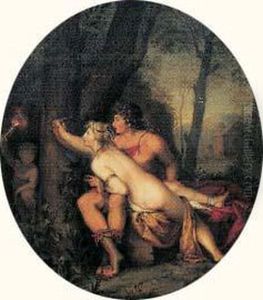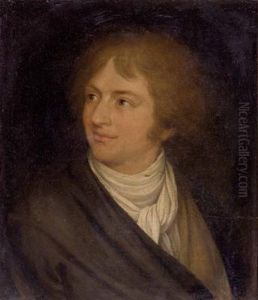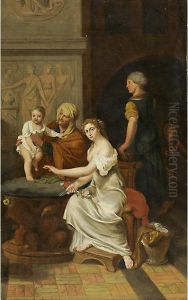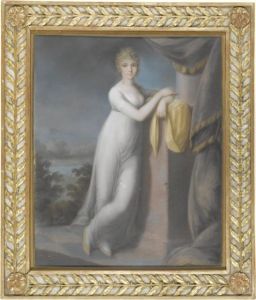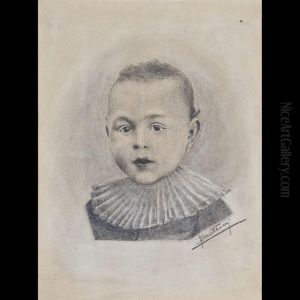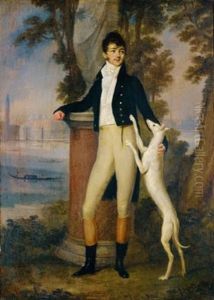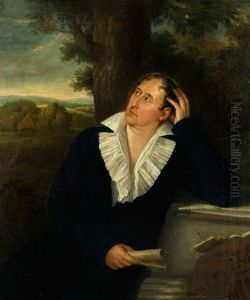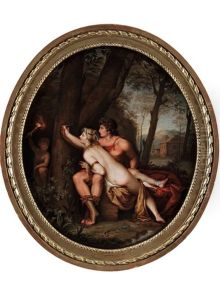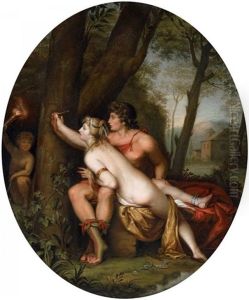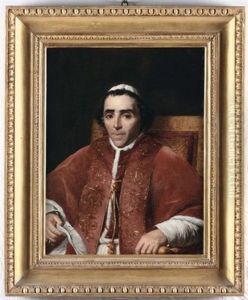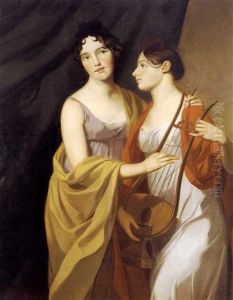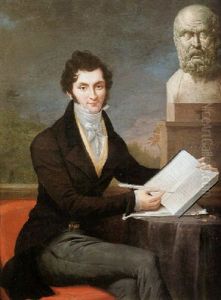Teodoro Matteini Paintings
Teodoro Matteini was an Italian painter, born in 1754 in Pistoia, a city in Tuscany, Italy. He is recognized for his contributions to Neoclassical painting, which was the dominant artistic movement of his time. This movement was characterized by a desire to return to the simplicity and purity of the arts of Ancient Rome and Greece.
Matteini showed an early talent for art and was initially trained by French painter Jean-Baptiste Desmarais in Florence. His talent was evident, and he was soon noticed by the influential art patron and Grand Duke of Tuscany, Leopold II, who sponsored his further education. Consequently, Matteini had the opportunity to study at the prestigious Academy of Fine Arts in Florence, which was a center for Neoclassical art and thought, under the guidance of the renowned painter Pietro Benvenuti.
Throughout his career, Matteini became known for his historical and mythological scenes, which were popular in the Neoclassical genre. He was particularly skilled in the use of chiaroscuro—the contrast of light and shadow—to create dramatic effects in his paintings. His works are characterized by their elegance, clarity of form, and serene compositions, embodying the Neoclassical aesthetic.
In addition to painting, Matteini was an art instructor at the Academy in Florence, where he influenced a generation of young artists with his teachings. His reputation as a master artist led to commissions from various Italian nobility and churches, and his work was exhibited and collected throughout Italy.
Teodoro Matteini lived through a period of significant change in Europe, including the Napoleonic Wars and the subsequent Restoration of monarchies. Nevertheless, his art remained steadfastly Neoclassical, unaffected by the shifting political tides of his time. He passed away in 1831, leaving behind a legacy that was deeply rooted in the artistic principles of the late 18th and early 19th centuries. His works continue to be studied and appreciated for their contribution to Italian Neoclassical painting.
